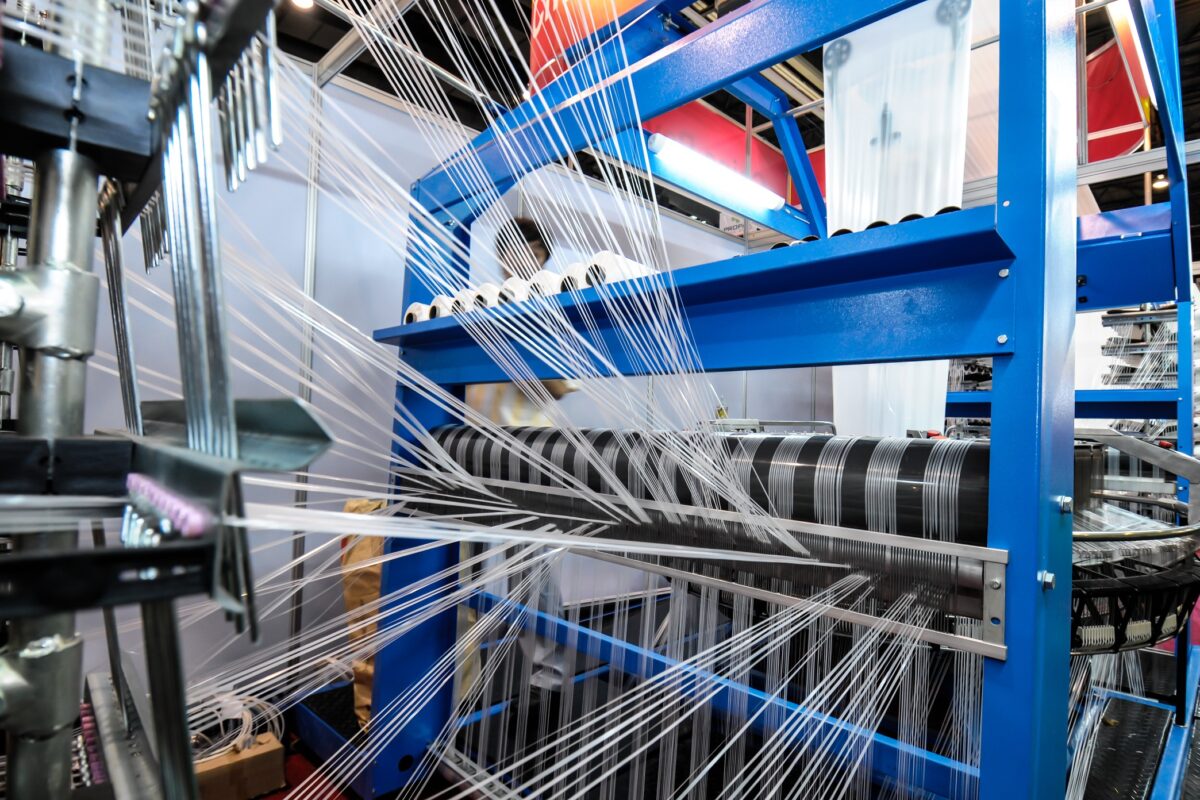
While the desire for exclusivity and craftsmanship remains strong among luxury buyers, there is a clear bifurcation between high-end and affordable luxury. This shift is due to evolving consumer demographics, economic pressures, and changing perceptions of value.
A tale of two markets
At the top, high-end luxury brands like Hermès, Chanel, and LVMH are experiencing record growth. These brands cater to an ultra-wealthy clientele seemingly immune to economic headwinds. Their focus remains on heritage, exclusivity, and artisanal craftsmanship, often with price tags reflecting this rarified positioning. Conversely, the accessible luxury segment, with brands like Michael Kors, Coach, and Kate Spade, faces a more challenging landscape. These brands, once symbols of aspirational luxury, are grappling with rising costs, increased competition, and a more discerning consumer.
Table: High end vs affordable luxury
|
Segment |
Q2 2024 revenue growth (YoY) |
Key trends |
|
High-End Luxury (LVMH) |
17% |
Strong demand in China and the US, price increases, focus on exclusive experiences |
|
Affordable Luxury (Capri Holdings) |
-10.50% |
Inflationary pressures, discounting, declining mall traffic |
(Source: LVMH Q2 2024 Report, Capri Holdings Q2 2024 Report)
This contrasting in performance highlights the growing gap. While high-end luxury thrives on scarcity and exclusivity, accessible luxury brands are struggling to maintain margins and brand cachet in a crowded market. For example, Hermès’ iconic Birkin bag, with its waiting lists and astronomical prices, epitomizes high-end luxury's enduring appeal. Hermès's strategic focus on limited production and handcrafted quality reinforces its exclusivity and desirability. On the other hand, Michael Kors, once a high-flying accessible luxury brand, has faced challenges in recent years due to overexposure and heavy discounting. This has diluted the brand's perceived luxury and impacted profitability.
What’s driving the divide
One major reason for this divide is the growing wealth gap globally that fuels demand for high-end luxury goods, seen as both status symbols and investment assets. Moreover, consumer values too are changing, as younger buyers are increasingly prioritizing experiences and sustainability over material possessions, putting pressure on traditional luxury brands to adapt. The rise of ‘Quiet Luxury’ as a trend which highlights understated elegance and discreet branding, too favors high-end brands known for their subtle craftsmanship. In fact, the gap between high-end and affordable luxury is likely to persist. High-end brands will continue to cater to the ultra-wealthy, focusing on personalized experiences and bespoke offerings. Accessible luxury brands will need to innovate and differentiate themselves through unique designs, compelling narratives, and a strong focus on value.
This trend also has broader implications for the retail landscape. Department stores, once the bastion of luxury brands, are struggling to attract shoppers. Meanwhile, online luxury platforms and direct-to-consumer models are gaining traction, offering new avenues for both high-end and affordable brands to reach their target audiences.
Thus understanding the distinct dynamics of high-end and affordable luxury is crucial for brands, retailers, and investors alike. As consumer preferences and economic forces continue to shape the industry, the ability to adapt and innovate will be key to success in this increasingly polarized market.












